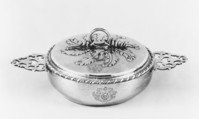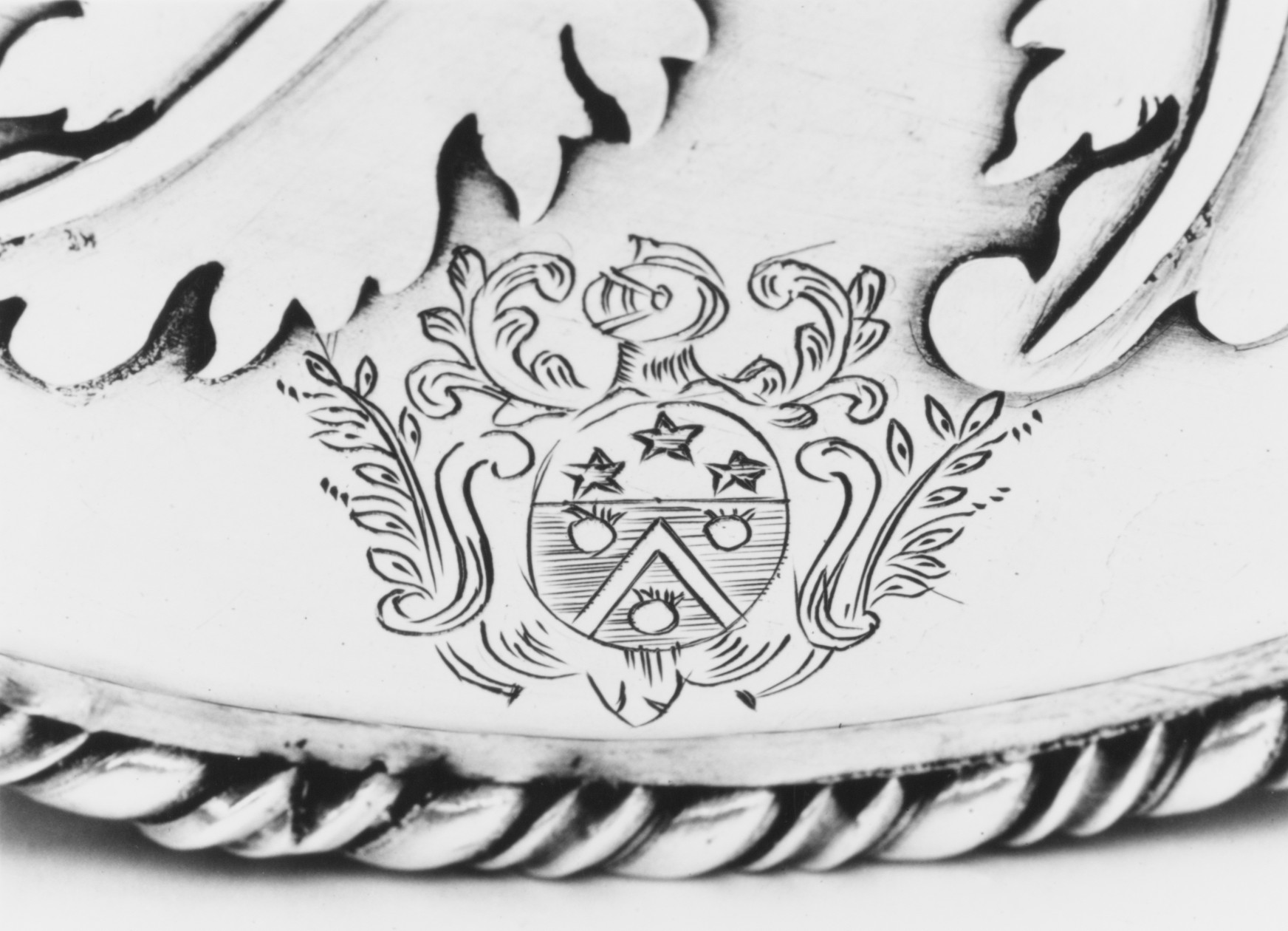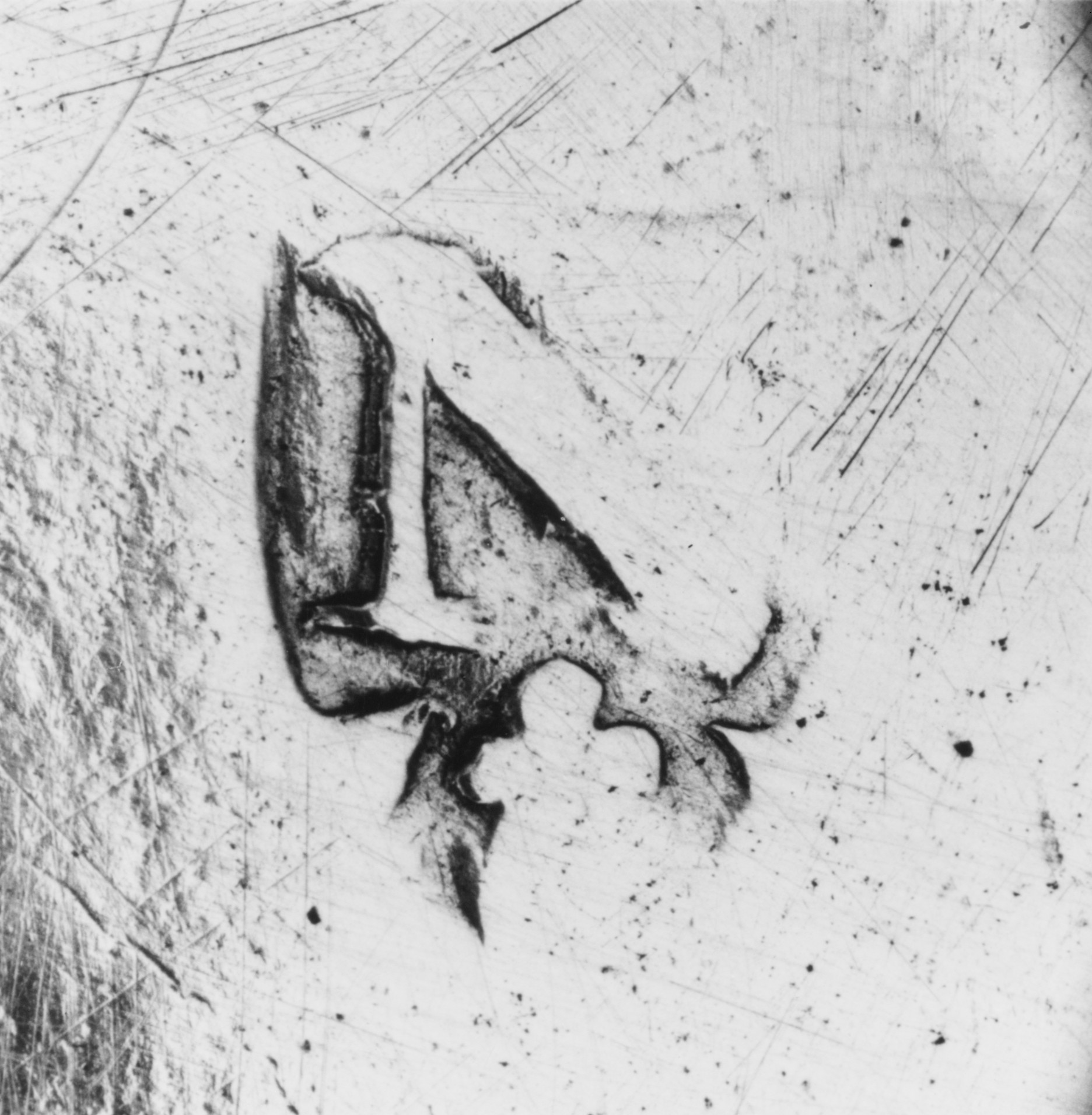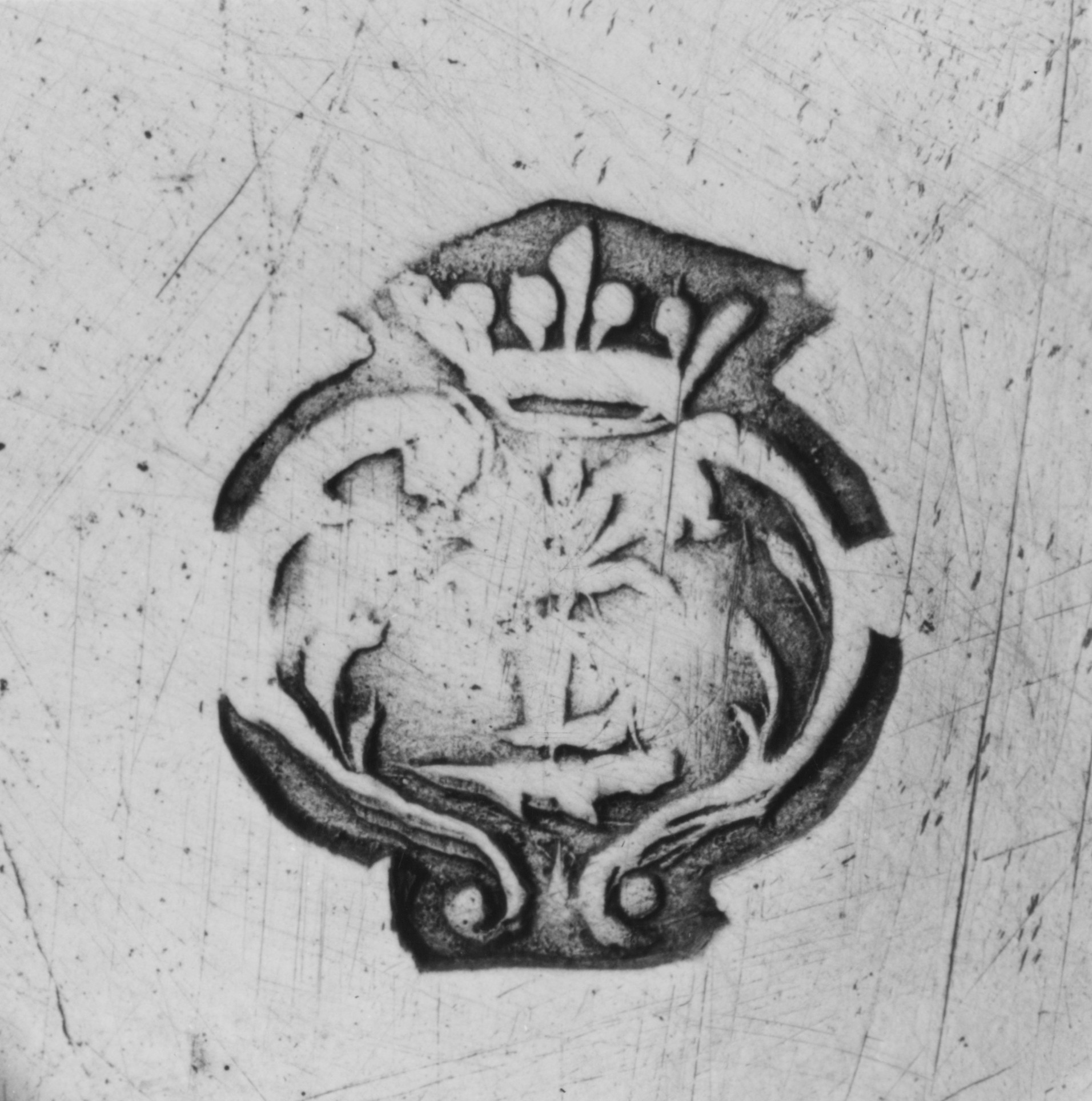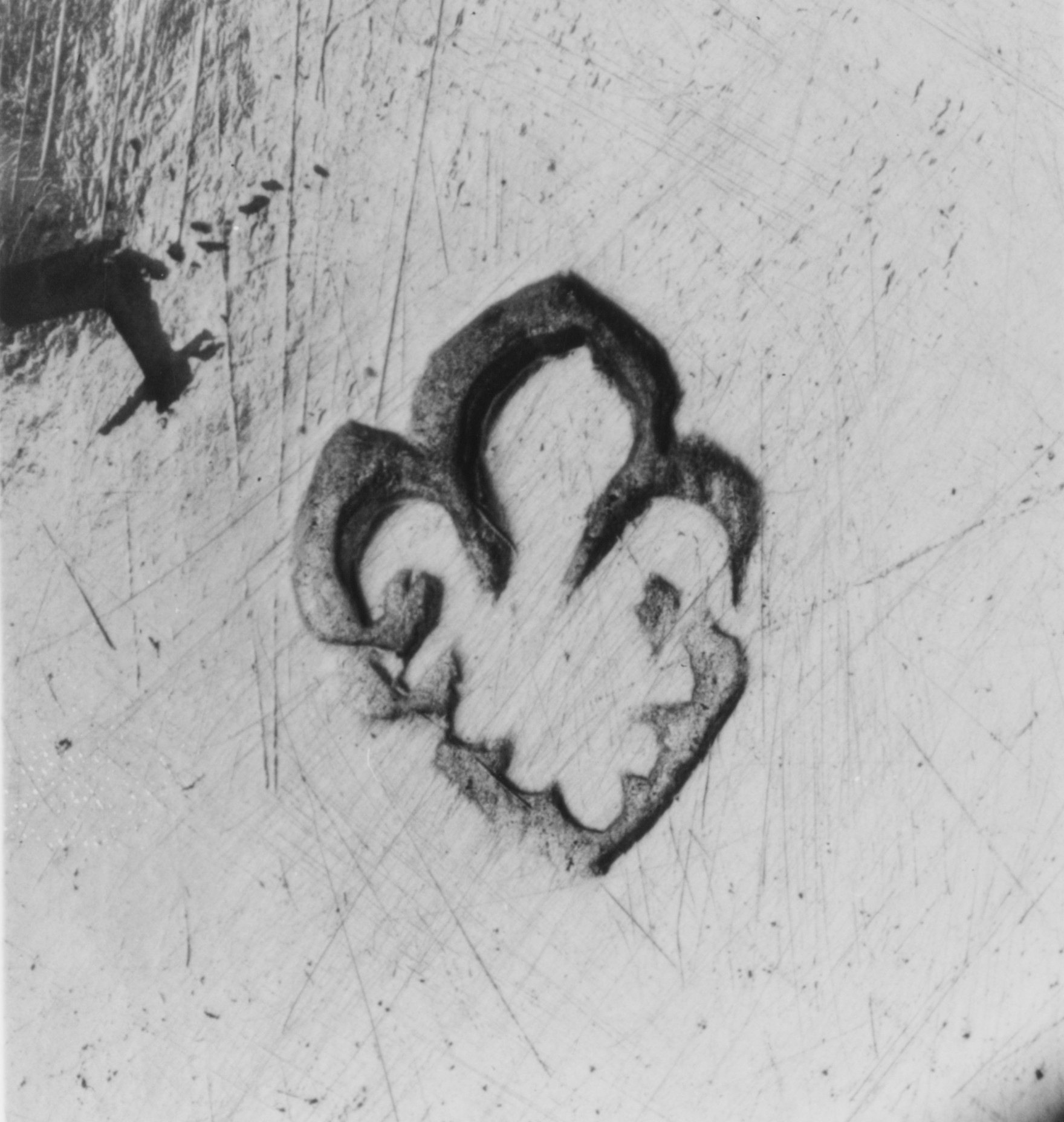Bowl with cover (Écuelle)
Not on view
An écuelle is a lidded bowl with two handles, often provided with a matching saucer or stand, used for serving hot broth or bouillon. During the late seventeenth and eighteenth century, broth was taken during the morning toilette but also offered to new mothers, as well as to the sick and bed-ridden to regain their strength. For that reason, écuelles were intended for private use in the bedroom rather than in the dining room. The broth bowl could be an independent piece made of faience, porcelain, pewter or silver. As part of an elaborate dressing table set, it was usually made of precious metal.
Made in Nîmes in 1681–82, this écuelle is the earliest in the Met’s holdings of French silver. It is, however, problematic: the bowl and cover were not made by the same craftsman, nor were the arms engraved at the same time or by the same hand. It is possible that the cover is a later addition or a replacement and was made from another piece of silver. The cover has a handle in the form of a serpent whose body loops over twice and terminates in a spiral of curls. The flat pierced horizontal handles used on the bowl remained fashionable throughout the eighteenth century.
Daughter of one of the founders of the Weyerhaeuser Timber Company, Catherine D. Wentworth (1865–1948) was an art student and painter who lived in France for thirty years. She became one of the most important American collectors of eighteenth-century French silver and on her death in 1948 bequeathed part of her significant collection of silver, gold boxes, French furniture and textiles to the Metropolitan Museum. The collection is particularly strong in domestic silver, much of it provincial, and includes a number of rare early pieces.
Due to rights restrictions, this image cannot be enlarged, viewed at full screen, or downloaded.
This artwork is meant to be viewed from right to left. Scroll left to view more.
